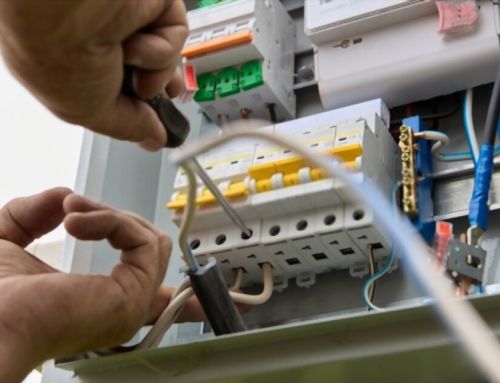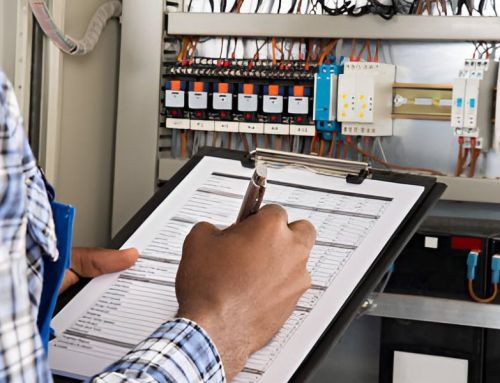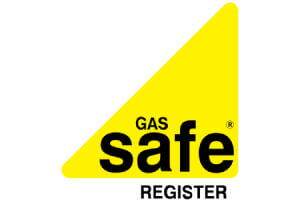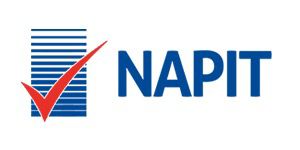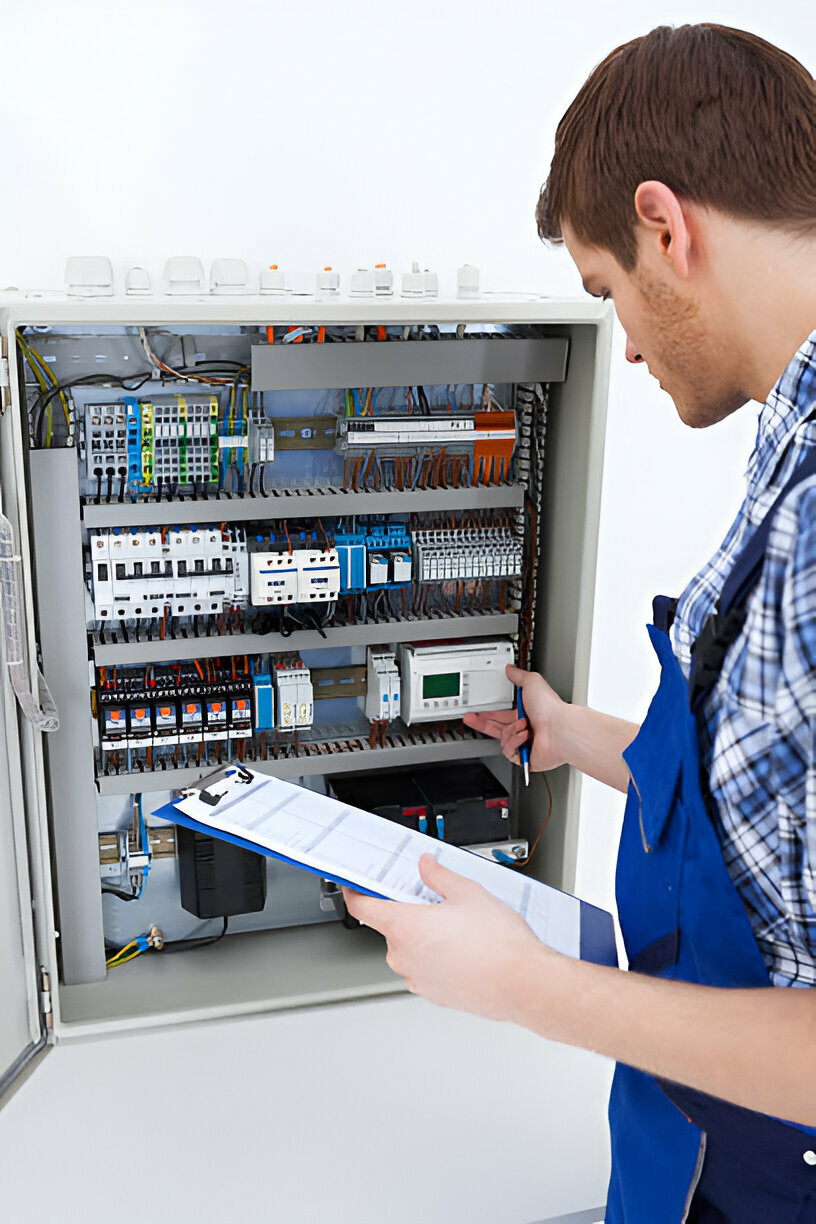
An Electrical Installation Condition Report (EICR) is an essential document that evaluates the safety and compliance of electrical systems within a property. This report meticulously examines various aspects, such as the condition of the wiring, the functionality of the consumer unit, and the adequacy of earthing and bonding. By identifying potential hazards like defective electrical work or outdated systems, the EICR plays a crucial role in preventing electrical accidents. As homeowners or property managers, understanding the breadth and depth of what an EICR covers could significantly influence your property’s maintenance strategies and safety protocols. What might be the implications if such checks reveal critical issues, Let’s understand What Does an EICR Cover and What Does It Check For?
The Scope of an EICR: What Is Included in the Inspection?
An Electrical Installation Condition Report (EICR) encompasses a comprehensive assessment of an electrical installation to ensure it meets the required safety standards. This evaluation meticulously examines the efficiency and safety of the existing electrical systems and equipment within a property.

What Does an EICR Cover and What Does It Check For?
An EICR’s scope includes testing the fixed electrical components, such as sockets, light fittings, and switches, to ensure they are properly installed and functioning without fault. It also scrutinizes the integrity of earthing and bonding systems for safety and proper operation.
The assessment extends to examining the consumer unit for correct operation and configuration and assessing potential risks from outdated or damaged equipment. Residual Current Devices (RCDs) are tested for responsiveness to ensure immediate disconnection of electricity in case of a fault, thereby mitigating the risk of electric shock or fire.
Additionally, the report involves a visual inspection to identify any visible signs of damage or wear that could impact the system’s safety or efficiency.
Further, inspectors analyze the installation’s compliance with current electrical regulations and standards, documenting deviations. This rigorous analysis aids in the identification of areas requiring immediate rectification, ensuring long-term safety and compliance of the electrical installation.
Electrical Wiring and Circuits: Ensuring Safety and Compliance
Electrical wiring and circuits form the backbone of any building’s electrical system, requiring meticulous scrutiny to uphold safety and compliance standards. An Electrical Installation Condition Report (EICR) assesses these components thoroughly to ensure they meet rigorous safety regulations and can operate under expected loads without risk.
The following aspects of electrical wiring and circuits are critically evaluated:
- Integrity of Insulation: Over time, insulation can deteriorate, leading to potential short circuits or electrical fires. The EICR checks for any degradation or breaches in insulation that might compromise the system’s safety.
- Configuration and Suitability: The arrangement of circuits must optimize both safety and efficiency. An EICR evaluates the configuration to verify that it aligns with current standards and is suitable for the building’s requirements, ensuring that circuits are not overloaded.
- Signs of Overheating or Stress: Wiring and components that show signs of thermal stress or overheating can be indicative of serious electrical issues. The inspection identifies any such signs, which often suggest underlying problems like excessive current flow or faulty components.
Testing for Earth Faults and Protection: How EICRs Ensure Safe Grounding
While the integrity and configuration of electrical circuits are vital for safety and efficiency, ensuring proper grounding through the testing for earth faults is equally important.
Electrical Inspection Condition Reports (EICRs) rigorously assess grounding systems to detect any discrepancies that could lead to potential safety hazards. The testing process involves measuring the earth’s fault loop impedance, which ensures that, in the event of a fault, the electrical current can safely return to the earth. This measurement is critical as it helps verify that the protective devices, such as circuit breakers, will operate correctly under fault conditions, effectively isolating the fault to prevent electric shock or fire.
Furthermore, EICRs evaluate the continuity of protective conductors including main and supplementary bonding. Technicians use specific resistance testing to ascertain the effectiveness of the grounding path. This not only checks the physical condition but also the electrical connectivity, ensuring that all parts of the installation are correctly bonded.
Such detailed testing is essential for certifying that the electrical systems are not only compliant with the latest regulations but also provide a safe environment by minimizing the risk of electrical faults escalating into more serious incidents.
Assessing the Condition of Consumer Units and Fuse Boxes
In assessing the condition of consumer units and fuse boxes, meticulous attention is directed toward evaluating their physical integrity, compliance with current electrical standards, and operational functionality. This analysis is crucial in determining the safety and efficacy of the electrical system within a residential or commercial property.
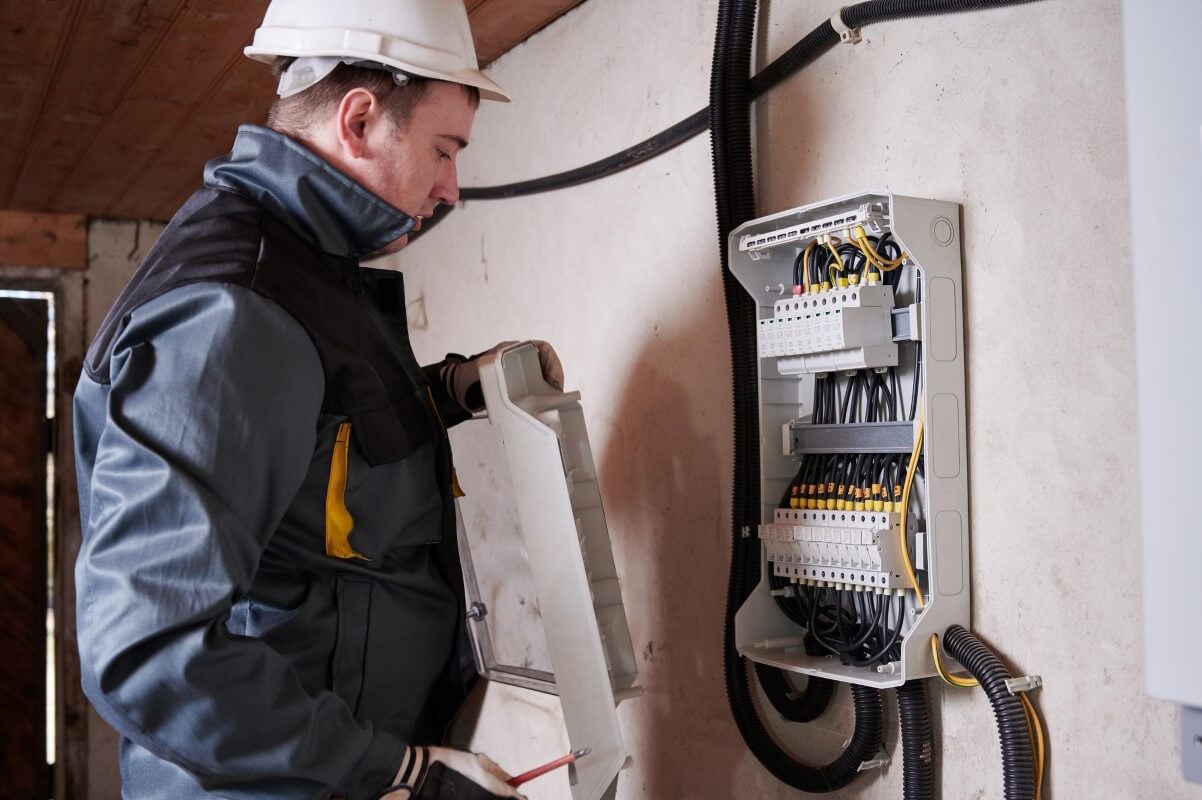
The inspection of these components is not merely a superficial check but a deep dive into their configuration and capability to handle the designated electrical load without risk of failure.
- Enclosure Condition: Inspectors scrutinize the enclosure for any signs of damage, corrosion, or unauthorized modifications that could compromise the safety of the electrical system.
- Compliance with Standards: It is vital to ensure that all installations adhere to the latest IEE Wiring Regulations. This includes checking for proper labeling, arrangement, and accessibility.
- Component Functionality: Each switch, circuit breaker, and protective device is tested for its correct operation, ensuring they effectively disconnect power when necessary and provide adequate protection against electrical faults.
The assessment of these elements is essential in preventing electrical hazards, ensuring that the entire system operates within the parameters set forth by current safety regulations, and maintaining the reliability of the electrical infrastructure.
Identifying Potential Overloads and Faulty Appliances
Following the thorough assessment of consumer units and fuse boxes, attention is shifted towards identifying potential overloads and faulty appliances, which represent significant risks to electrical system integrity. The EICR process evaluates these elements meticulously to ensure the safety and efficiency of the electrical installation.
| Risk Factor | Impact on Electrical System |
|---|---|
| Overloaded Circuits | This leads to potential fire hazards and breakdowns |
| Faulty Wiring in Appliances | Causes short circuits and potential fires |
| Aging Appliances | Increases risk of inefficiency and malfunctions |
| Improper Appliance Installation | Results in electrical imbalances and hazards |
Technicians utilize advanced diagnostic tools to detect unusual heat signatures and electrical flow disruptions, indicative of overloads or faulty appliances. Each component is tested under expected load conditions to simulate typical operational stresses. This rigorous testing helps to pinpoint weaknesses that might not be evident under normal conditions.
The analysis includes a detailed inspection of the appliance interfaces with the electrical system, ensuring that all connections are secure and conform to current standards. Special attention is given to any signs of wear or degradation that could precipitate electrical failures. The ultimate goal is to identify and rectify any elements that could compromise the system’s integrity or efficiency, thereby safeguarding against potential hazards and ensuring optimal performance.
Reporting Findings: What to Expect from an EICR Certificate
Every Electrical Installation Condition Report (EICR) culminates in a comprehensive certificate that details the findings of the inspection. This document serves as a crucial tool for assessing the safety and compliance of electrical installations within a property.
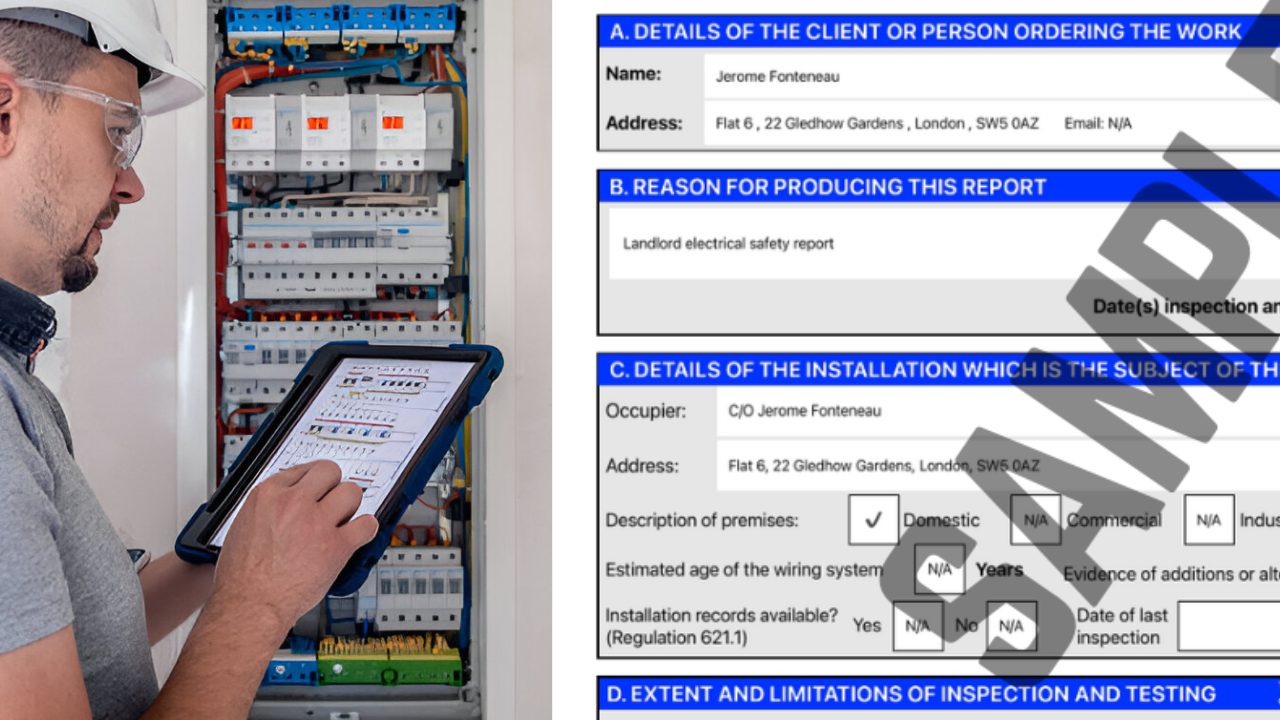
The EICR certificate provides a systematic presentation of data, highlighting areas of concern and categorizing the urgency of any required remedial work.
Here are key elements typically included in an EICR certificate:
- Observations and Recommendations: List all observed defects, potential hazards, or deviations from the wiring standards. Each entry is accompanied by a code indicating the severity of the issue.
- Circuit Details and Test Results: Detailed information on each circuit within the electrical installation, including test results that verify the integrity and safety of the circuits.
- Overall Assessment: A conclusive statement on the electrical safety of the property. It indicates whether the electrical installations are ‘Satisfactory’ or ‘Unsatisfactory’, guiding further action.
The precision in reporting and the analytical nature of the EICR certificate make it indispensable for property owners and managers aiming for high standards in electrical safety compliance and operational reliability.
Conclusion
In conclusion, an Electrical Installation Condition Report (EICR) serves as a critical diagnostic tool that evaluates the safety and compliance of electrical installations. By meticulously assessing circuits, grounding systems, consumer units, and potential hazards like overloads and faulty appliances, the EICR ensures the integrity of electrical systems. This comprehensive analysis culminates in a certificate that details the condition and safety compliance of the installation, providing an essential guide for maintenance and safety assurance.
Our Pricing
| Our Electrical Safety Certificate Prices |
|---|
| Studio Apartment £67.99 |
| 1 – 3 Bedroom £94.99 |
| 4 Bedroom £104.99 |
| 5 Bedroom £139.99 |
Check Out Our Other Services
| EICR | Commercial EICR | Emergency Light Certificate |
|---|---|---|
| Electrical Diagnostic | PAT Testing | Fuse Box Installation |
About the Author: LandlordCertificate
Related Posts
Get Social
Recent Posts
- Fire Risk Assessment Review as a Driver of Stronger Safety Control
- Comprehensive EICR London Services for Every Property
- System Planning for Large Buildings with Fire Alarm Installation
- Fire Service Fire Risk Assessment for Stronger Safety Management
- Electrical Risk Clarity Improved Through an EICR Report


